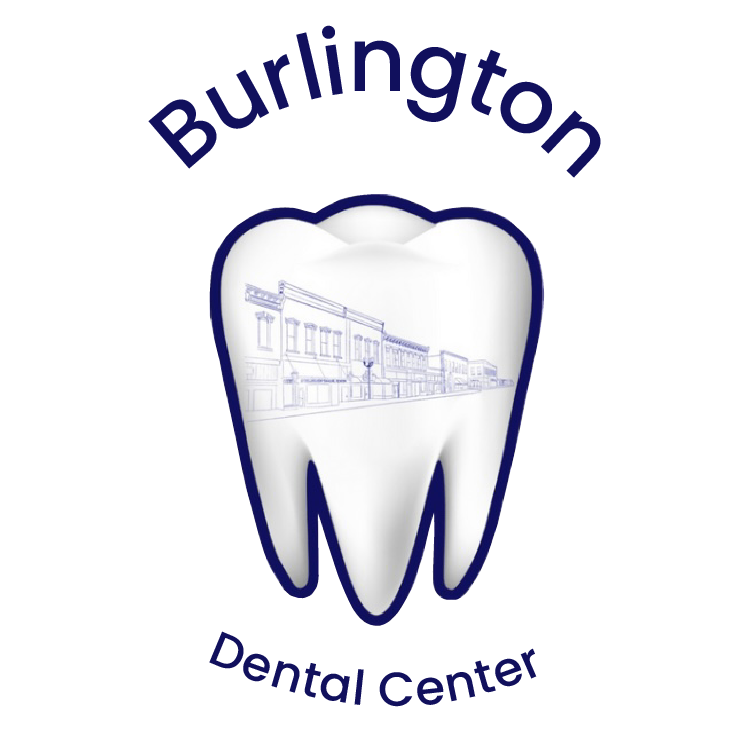
D9951 Dental Code [Meaning]
Understanding Dental Code D9951
CDT code D9951 pertains to occlusal adjustments — specifically, limited adjustments that do not encompass the whole mouth.
This procedure involves selectively reshaping the biting surfaces of one or more teeth to correct misalignments in the occlusion (the way teeth meet when the jaws close).
Here’s a concise breakdown of this code to guide both dental professionals and patients.
Usage of D9951: Limited Occlusal Adjustment
The primary application of D9951 is for targeted adjustments to specific teeth that are contributing to a malocclusion, without performing a comprehensive adjustment of the entire dental arch.
This can help alleviate issues such as jaw pain, uneven wear on teeth, and difficulty chewing, which may arise from teeth that do not fit together correctly.
D9951 and Restorative Treatments [Exclusions]
It’s crucial to note that D9951 should not be used in conjunction with the billing of restorative treatments, such as the cementation of crowns.
The occlusal adjustment required on a newly placed crown is considered part of the standard procedure for crown placement and is included in the fee for that service.
Billing D9951 in addition to a crown placement would be inappropriate, as the adjustment of the crown for proper occlusion during cementation is integral to the initial procedure.
Insurance Reimbursement for D9951
Another important consideration is the coverage of D9951 by insurance companies. Many dental insurance plans do not reimburse for occlusal adjustments billed under D9951, viewing them as not medically necessary or as part of routine dental care.
Patients should be informed of this potential lack of coverage and should check with their insurance providers to understand their specific benefits and any out-of-pocket costs they might incur.
Final Thoughts
D9951 is a specific dental code used for limited occlusal adjustments — not extensive modifications across the entire set of teeth. Accurate coding and clear communication with patients regarding the nature of the treatment and insurance limitations are essential.
Understanding the scope and application of D9951 helps ensure proper billing practices and enhances patient satisfaction by setting realistic expectations for both treatment outcomes and financial responsibilities.
* Though the author of this post is a licensed dentist in the state of Kansas, this information is provided for informational and educational purposes only. Please use your best judgment and contact emergency medical services in the event of an emergency.
